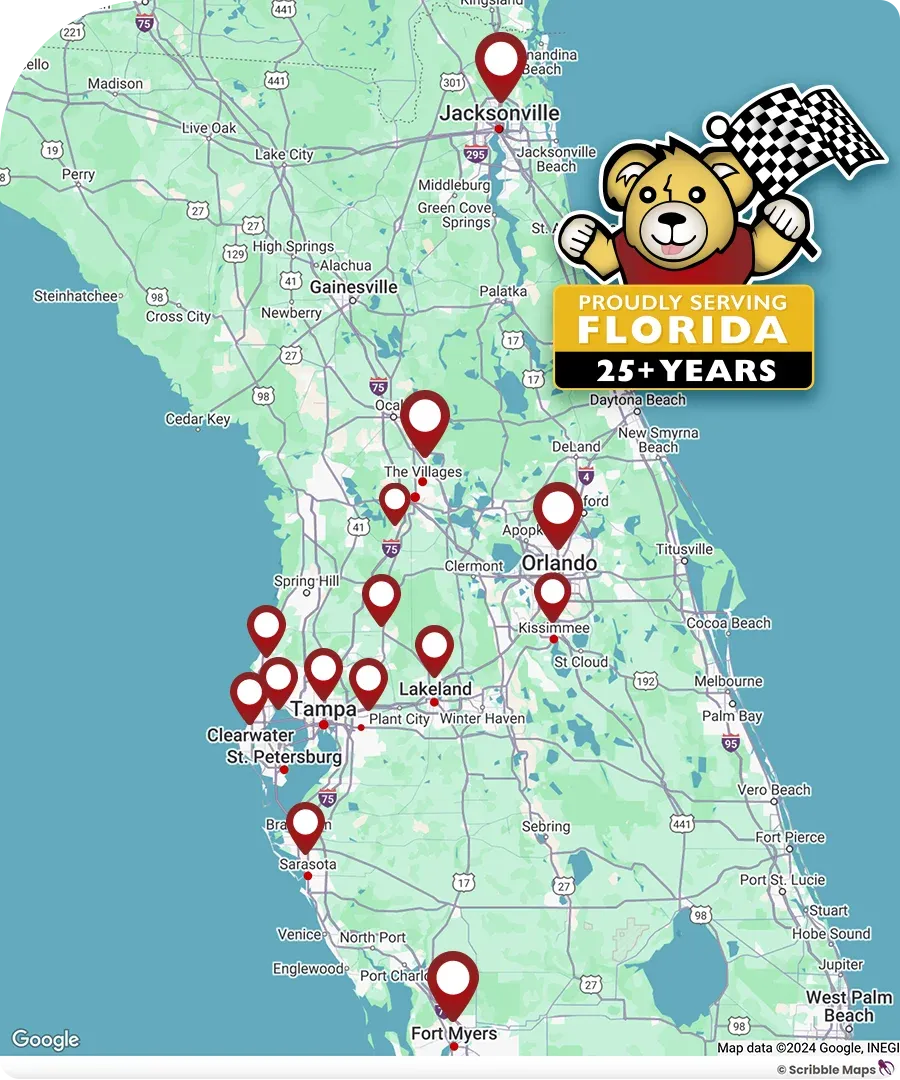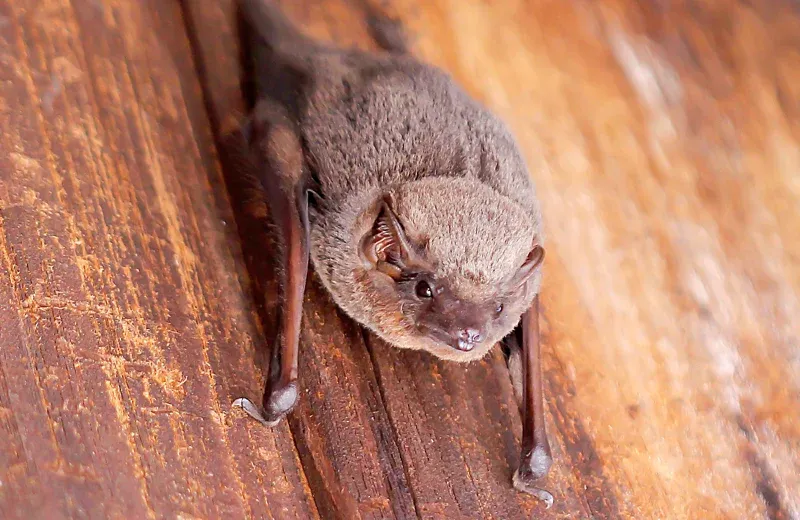
Bat Removal Service in Tampa, FL
Tampa, Florida is a bustling city in an area of the state known for its rich biodiversity, which includes at least five to seven distinct species of local bats such as:
- Brazilian Free-Tailed Bats
- Evening Bats
- Big Brown Bats
- Southeastern Myotis
- Seminole Bats
- Eastern Red Bats
- Northern Yellow Bats
These bat species play a crucial role in controlling insect populations in Tampa and central Florida, with some colonies consuming up to 2.5 billion insects per night! However, they can occasionally become a nuisance and a health risk in our homes or businesses.
At PestBear, our wildlife removal services are designed with the local ecosystem in mind. We understand the delicate balance of cohabiting with these creatures and the potential inconvenience they can cause when they take up unexpected residence in our spaces. Our bat removal services in Tampa focus on the humane, safe, and swift removal of bats from both residential and commercial properties.
Signs You Have a Bat Infestation

If you suspect a bat infestation in your home or property, there are several signs to look out for. Bats are nocturnal creatures, so their presence may not always be immediately obvious. Here are some indicators that you may have a bat infestation:
- Guano (Bat Droppings): One of the most apparent signs is the accumulation of bat droppings, known as guano. These droppings are often found in piles near entry points or roosting areas.
- Strange Noises: Bats are not completely silent, and you may hear scratching or squeaking noises, especially at night when they are active. These sounds can be an indication of bats residing in your attic or walls.
- Stains on Walls and Ceilings: Bats can leave oily stains on walls and ceilings due to the natural oils on their fur. These stains may appear near entry points or in areas where bats roost.
- Visible Entry Points: Bats can enter buildings through small openings or gaps. Check for visible entry points around the roofline, vents, or chimney. Bats can squeeze through remarkably small openings.
- Unpleasant Odor: Accumulation of guano and urine can lead to a distinctive and unpleasant odor. If you notice a musty or ammonia-like smell, it could be a sign of a bat infestation.
If you observe any of these signs, it's crucial to address the issue promptly. Contacting PestBear's experienced bat removal team is recommended, as bats are protected species in many regions, and removal should be done safely and legally. Additionally, sealing entry points and taking preventive measures can help prevent future infestations.
Tampa’s Five Species of Bat

Tampa is home to a diverse spectrum of bat species, each with its own unique characteristics and role in the local ecosystem:
- The evening bat is a small species typically found in forested areas.
- The Brazilian free-tailed bat is known for its high-speed flight and preference for urban environments.
- The southeastern bat is distinguishable by its medium size and glossy brown fur, often roosting in tree cavities and under bridges.
- The Seminole bat is quite a sight with its bright, mahogany-red fur, often mistaken for the Red Bat, and prefers foliage and tree cavities for roosting.
- The big brown bat is the species most likely to enter homes. This species of bat is highly adaptable and is known for roosting in a variety of environments, including man-made structures.
They can find their way into homes through small openings and cracks, often seeking shelter in attics, basements, and within walls. It’s important to remember that if you encounter a bat in your home, you should not attempt to handle it yourself. Instead, contact PestBear for safe and humane removal.
Are Bats Dangerous to Humans?
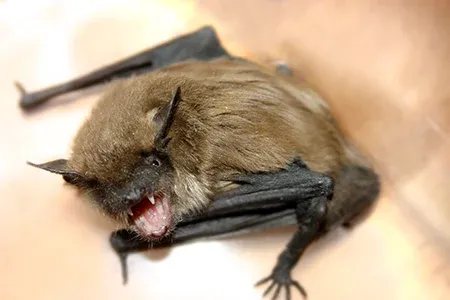
Bats generally pose minimal danger to humans. Here's a quick breakdown:
- Not Aggressive: Healthy bats avoid humans and prefer to flee than fight.
- Low Rabies Risk: Less than 1% of bats carry rabies, and even then, bites are rare.
- Disease Risk: Fungal spores from bat guano can cause respiratory issues, but this is uncommon with proper ventilation.
However, it's still wise to exercise caution:
- Avoid Contact: Don't handle bats directly, as even healthy bats can carry parasites.
- Seek Help: If you find a bat in your home, call animal control or a wildlife removal specialist.
- Seal Entry Points: Prevent bats from entering your home by sealing any gaps or holes.
How Do Bat Infestations Happen?
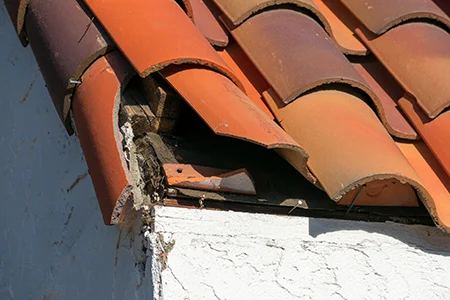
Bat infestations in Florida can occur due to several factors. Here's a breakdown:
- Seeking Shelter: Bats naturally seek out dark, sheltered spaces to roost and raise their young. Attics, chimneys, wall voids, and soffits (under the eaves of your roof) can provide ideal nesting areas in homes.
- Warm Climate: Florida's warm climate allows bats to be active year-round. This means they're constantly searching for suitable roosting spots, potentially leading them to your home.
- Entry Points: Even small openings like loose vents, cracks around chimneys, or gaps under eaves can be entry points for resourceful bats. Once they find a way in, they can establish a colony.
- Abundant Food Source: Florida's insect population provides a plentiful food source for bats. If your home has an insect problem, it might attract bats looking for an easy meal, potentially leading them to discover potential entry points.
Preventing Bats from Entering Your Home: Tips from PestBear
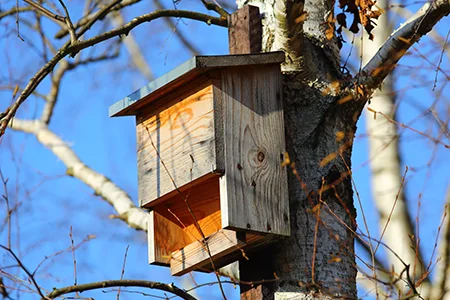
While bats are an integral part of our local ecosystem, you don’t want them roosting in your home or commercial space.
Here are some preventive measures you can take to deter bats from entering your property:
- Seal entry points: Bats can squeeze through tiny openings as small as a half-inch. Regularly inspect your home for gaps or cracks, particularly around windows, doors, eaves, and roof edges, and seal them appropriately.
- Install bat houses: Consider installing a bat house on your property, which can provide an attractive alternative for bats seeking shelter.
- Limit outdoor lighting: Bats are attracted to areas where insects gather, and outdoor lighting can be a significant insect attractor. Reducing outdoor lighting can help deter bats.
- Maintain your yard: Regular yard maintenance, like trimming overhanging tree branches and keeping the grass short, can discourage bats from roosting in your home.
- Professional inspection: Having a regular inspection from a pest control expert like PestBear can help identify potential risks and implement preventive measures.
If bats have already taken up residence in your home, it’s crucial to contact PestBear for their safe and humane removal. Attempting to remove bats yourself can be risky and is often illegal without a proper permit.
Frequently Asked Questions
Is bat guano dangerous?
Yes, bat guano can pose health risks. We offer guano cleanup and removal services to ensure your safety.
Do you offer bat exclusion services?
Yes, we humanely remove bats from your home and attic and seal entry points to prevent them from returning.
I’ve got something living in my attic. Should I just wait until it moves out?
Pest prevention and pest control always includes identifying and removing problem rodents and animals. Rodents not only damage the structure of your house by chewing and gnawing, but the droppings and urine they leave behind can contaminate your environment. By quickly using a pest prevention service, you can ensure a safe and complete removal of the pest and their waste, and a reduction of access points for future nuisances.
What should I do if I find a bat in my house?
Do not attempt to handle the bat. Contact us immediately, and we will safely remove it and assess the situation.
PestBear—Quality Bat Control Near You!
With over a dozen friendly locations across North, Central, and Southwest Florida, we're sure to have a convenient PestBear location nearby. See what cities we currently provide our Quality Bat Control service in your area.
